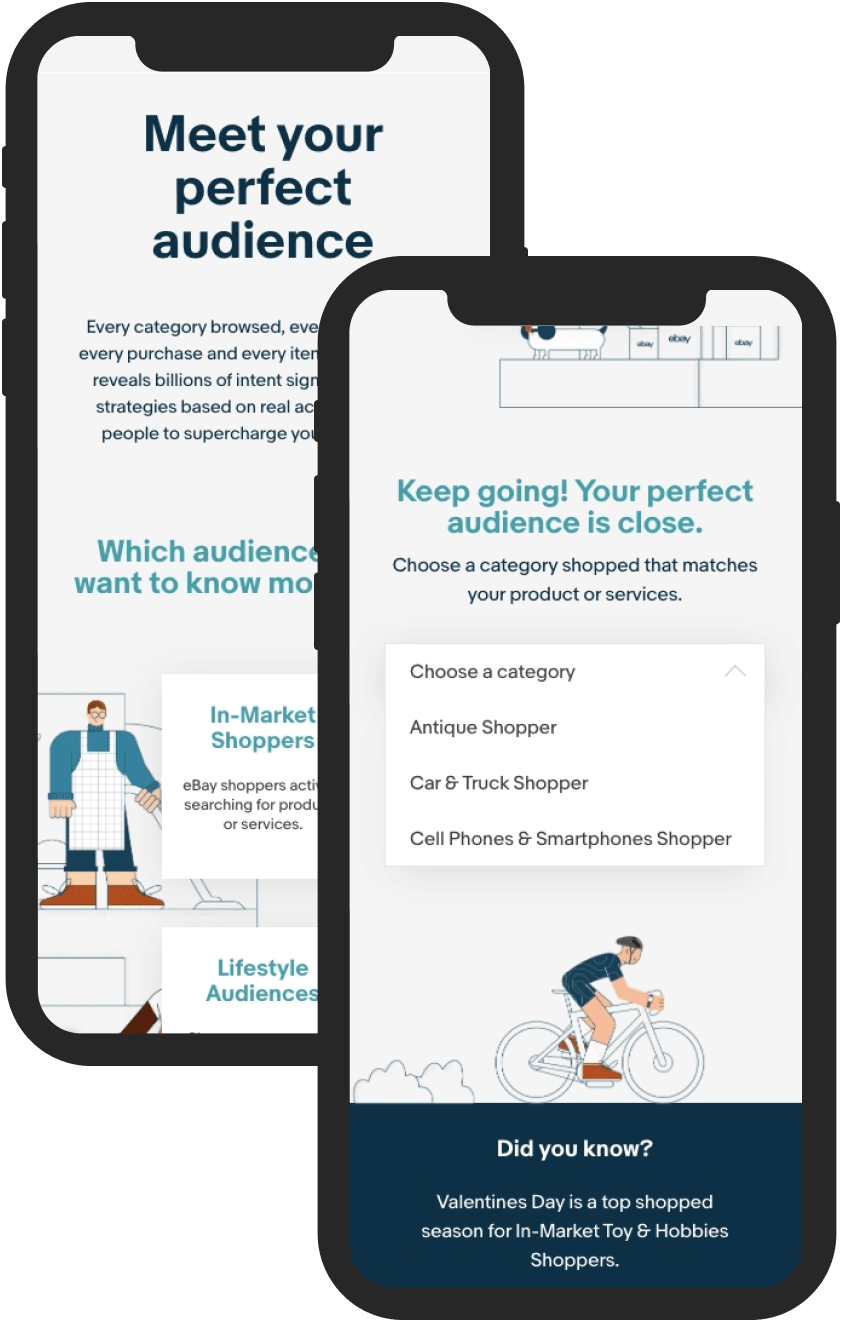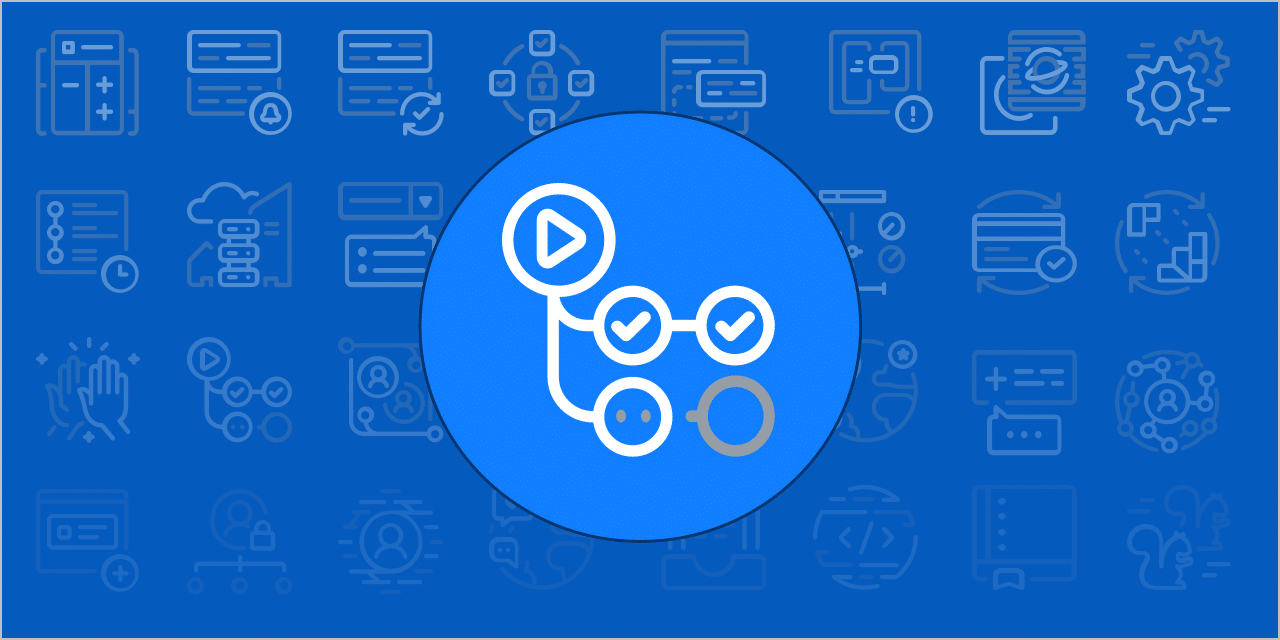
Overcoming the 5 biggest technical barriers to engagement
If reader loyalty is one of your publishing goals, you will almost certainly be tracking content engagement. It’s a vital metric for any publisher that wants to turn passing readers into super fans.
While the quality of your editorial content will always be a defining factor in audience engagement, your website also plays a huge role in determining who bounces or sticks around for more.
This article will explore the 5 most common technical issues that stand in the way of deeper content engagement:
1. Slow loading times
Site performance is arguably the most critical of all metrics for publishers to master. If your website takes too long to load, audiences are likely to become frustrated and move on to something else.
Unfortunately one of the biggest contributors to poor load times, is also one of one of the biggest sources of audience engagement. Rich media content ( especially video) can add precious seconds to your page load speed, and provide a lousy UX if not properly optimised.
How can publishers produce engaging content without damaging website performance?
Firstly, offload your video to a 3rd party to a hosting platform like YouTube or Vimeo. You can remove 3rd party branding and embed the video so that it looks like a native part of your site and you don’t lose users.
Just ensure you turn off montetisation options unless you’re happy with a pre-roll ad appearing on your homepage.
Live streaming is a slightly different story to pre-recorded video, particularly if you expect large audiences. In this case, an enterprise streaming solution that’s designed to scale for high traffic volume might be a better option. Tools like Cloudflare Stream come with access controls so that live content can be gated and made available only to subscribers. WP Engine have a plugin Cloudflare Stream Video Plugin for WordPress that makes it easy to upload and stream video on WordPress sites.
Image optimisation is also crucial, particularly if your website has multiple variations and sizes. Luckily, there are specialist tools that resize, crop and process images automatically. As a WordPress VIP agency, The Code Company is most familiar with WordPress VIP’s built-in Image Transformation Tool, which allows publishers to dynamically optimise images based on device type.
Choosing the best content technology is one part of the site speed equation but performance optimisation is no simple task. There are many considerations which go way beyond just Time to First Byte (TTFB). We’ve written at length about the many metrics of website performance that should be on publishers’ radar.
The list is long, which is why many choose to partner with a specialist technical agency that can continually optimise their website against all of these metrics.
READ MORE: How FreightWaves increases page views by 35% and boosted site performance by 266%.
2. Not using audience data
Insight is everything. How can you create engaging content without a thorough understanding of what inspires and motivates your readers?
With the disappearance of third-party cookies, publishers must now rely on first-party data to track audience behaviour. And in our experience, some key opportunities are often missed.
The introduction of GA4 makes it easier to create data-led content solutions because it allows you to track all user interactions as events. Just turn on ‘Enhanced Measurement’ and select which interactions you want to track (scroll depth, downloads, site search, video engagement etc.)
Our team recently built a content promotion system for a publisher that wanted to experiment with more advanced data than simple page views. We ran a custom algorithm that weights content based on: page views, engagement, time on page and age of article. This setup means that a post’s score gradually declines over time but if there’s a sudden surge in page views, the score increases – and so does its exposure on the site.
Read More: How to set up top stories widget without hitting site speed
Outside of content promotion, here are some other ideas for saving audience data at various touch points along the audience journey.
- Track categories of content clicked on in newsletters/emails: This will help you to build trends around audience interests and/or test new content categories
- Only allow registered users to comment: And ask them a few questions about their shopping habits, interests or challenges or as part of the registration process.
- Own your data: Use less third-party tools that control what data you can access and manipulate. Where possible, keep data within your owned infrastructure.
3. Ineffective content personalisation
Personalisation is an interesting subject for publishers. Everyone wants to be doing it, some aren’t doing it at all and others are way over complicating it and failing to see any meaningful ROI.
In our experience, the most successful personalisation efforts come to those that keep it simple. In fact, effective personalisation can be achieved without the need for complex automation. For example, our team recently developed an innovative Filer by Feels feature for Selena Gomez’s publishing startup Wondermind that suggests content based on readers’ emotional state.
Our team also created the eBay Audience Finder Functionality to help advertisers identify their best campaign option.

It’s generally easier to delve into personalisation efforts with a marketing automation tool like Campaign Monitor or Active Campaign. These integrate with your website, enabling you to create personalised email content using user behaviour data”.
Here are some simple ways to get started with content personalisation:
- Include the reader’s name. It’s the fastest way to increase open rates, click-thru rates and conversion.
- Segment audiences: Use your newly acquired first-party data to create targeted content for different audience segments. This might be based on information they have volunteered e.g. interests or based on user behaviour.
- Recommend content: Increase recirculation by following in Netflix’s footsteps and suggest content based on audiences’ viewing history.
4. Broken links
Nothing destroys engagement faster than a 404 message. Don’t let this happen. Ensure your team is properly resourced to identify and fix technical errors as they happen.
What are the main causes of broken links?
Broken links most often occur when articles or product pages are deleted, so make sure you always set up a redirect when cleaning up old content. WordPress plugins like Redirection or Yoast Premium, detect when users land on broken pages and either notify you or automatically redirect.
Replatforming to a new CMS can also cause broken links and 404s if the process isn’t tightly managed and URLS mapped correctly. That’s why it’s vital to work with a website migration agency that understands the complexities of data migration and enterprise web development.
“Not only is the technology better since moving to WordPress, our site speed has improved by over 50% and our engagement scores have almost doubled”
5. Painful registration process
Ease of interaction is critical to successful engagement – and it starts with the sign-up process. If subscribing to a newsletter is difficult or time-consuming, readers won’t bother.
One way to simplify the sign-up process is to leverage html5 autofill capabilities. Autofill is a feature that allows users to save their personal information, such as name, email address, and phone number, in their browser or device. When a user encounters a sign-up form, their browser or device can automatically fill in the required fields with their saved information.Be sure to use the proper naming conventions when creating a form.
Another way to simplify the sign-up process is to simplify the form itself. As much as you want to gather audience data, limit questions to one or two and use these UX tips for improving online forms.
Once your form is built, ensure people can see it. Embed the form on your homepage – ideally above the fold – and on all articles and landing pages.
6. Poor accessibility
Audiences can’t engage with content if they’re unable to consume it, so it’s vital that your website is accessible to people with disabilities. In its simplest form, this means using alt text for images, providing closed captions for videos, and ensuring that your site is compatible with assistive technologies.
However, to be confident your content is truly accessible to all, you may want to consider Web Content Accessibility Guidelines (WCAG) certification. This is awarded to websites that meet specific design principles.
When building a new publishing platform it’s important to include accessibility as part of the initial brief as it’s harder to adapt an existing site that’s been built without these key principles in mind.
In conclusion
Content engagement is an important metric because it affects all aspects of publishing success. By avoiding the most common technical pitfalls you can increase loyal readership, increase recirculation and reap the revenue rewards of having an engaged and active audience.

